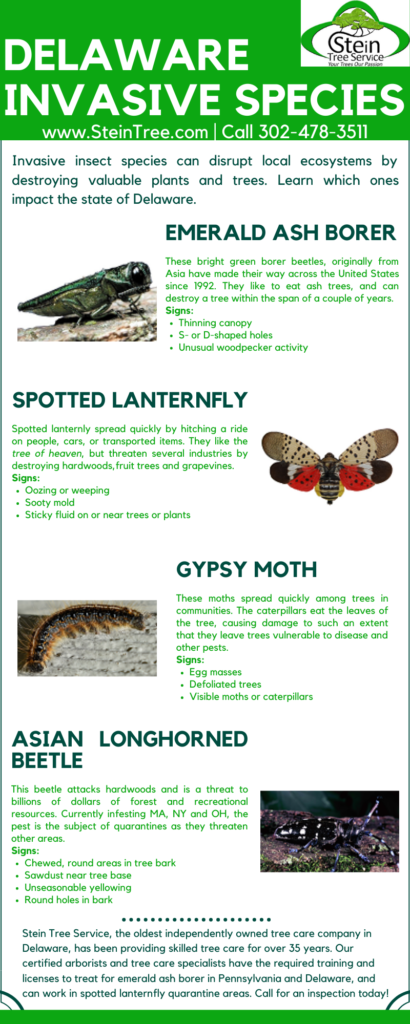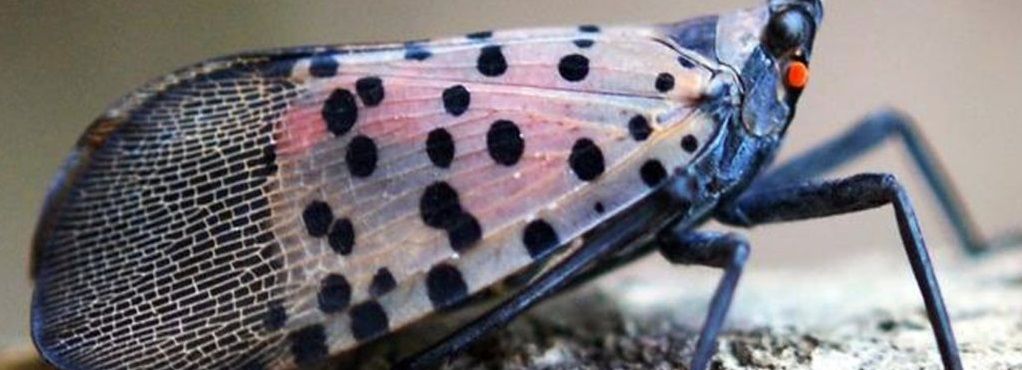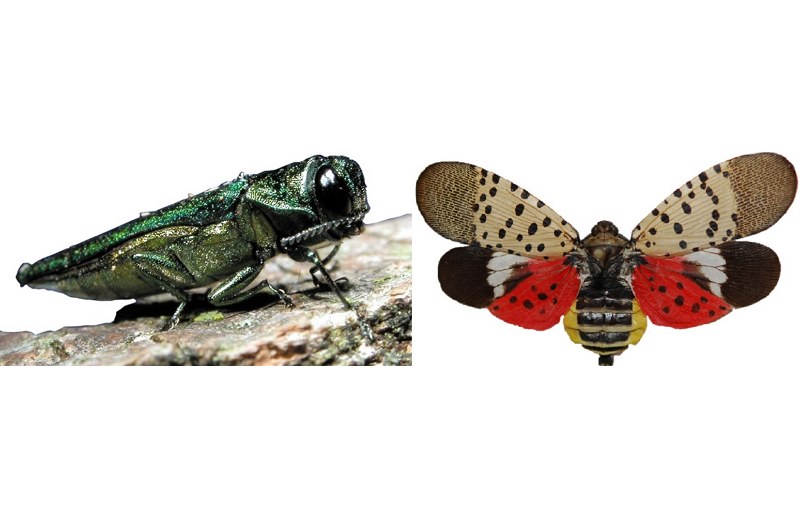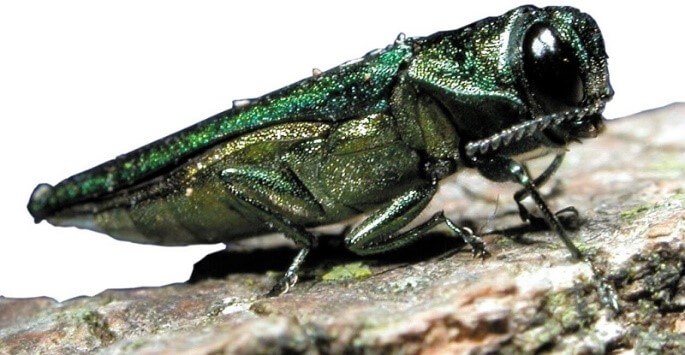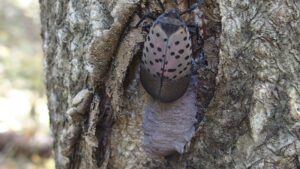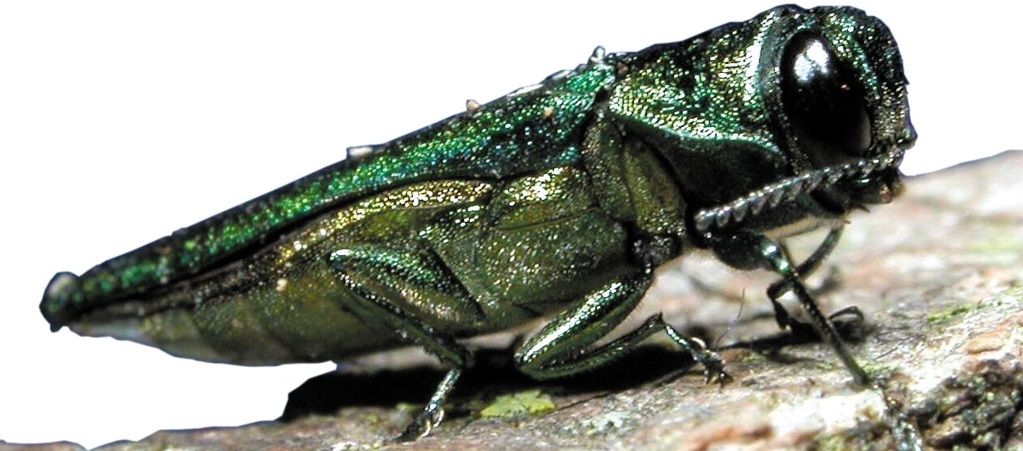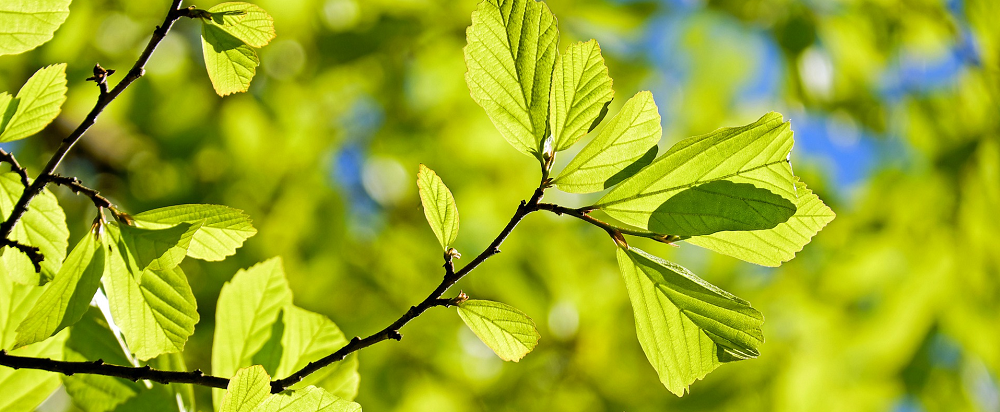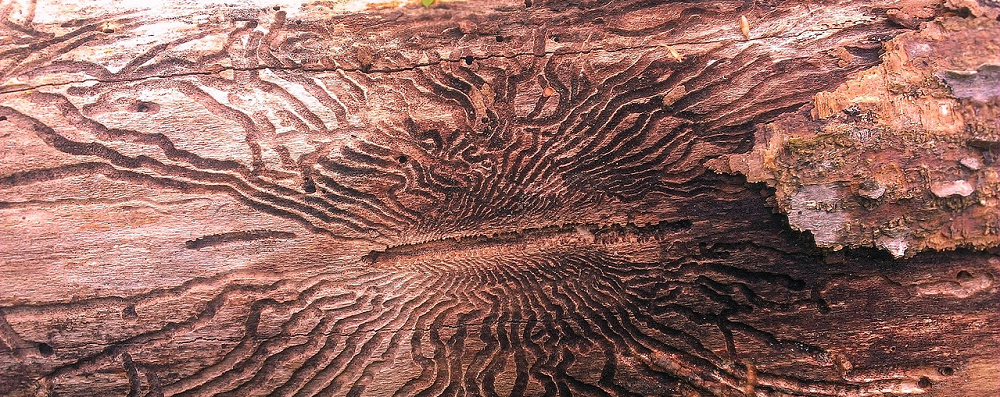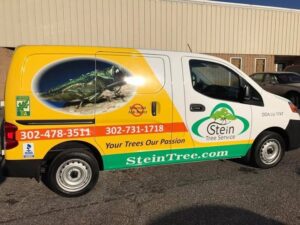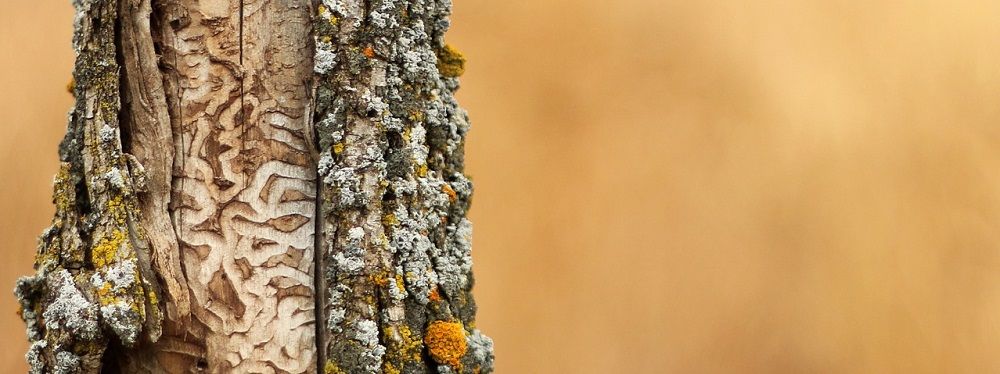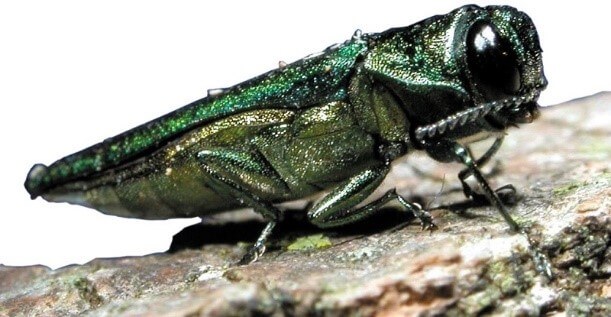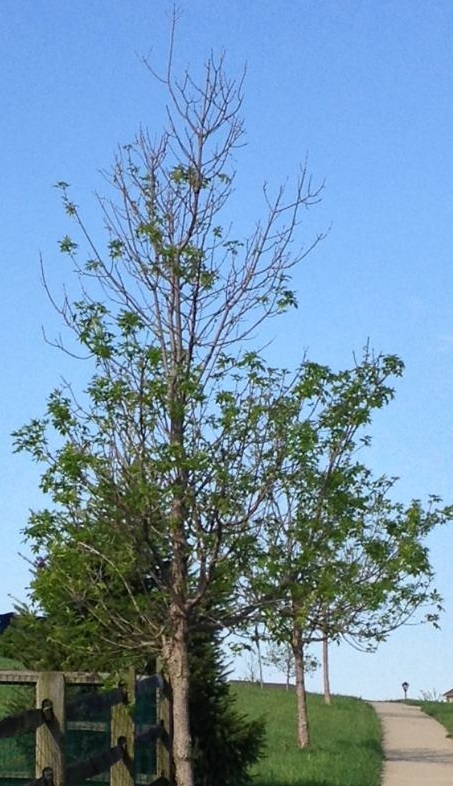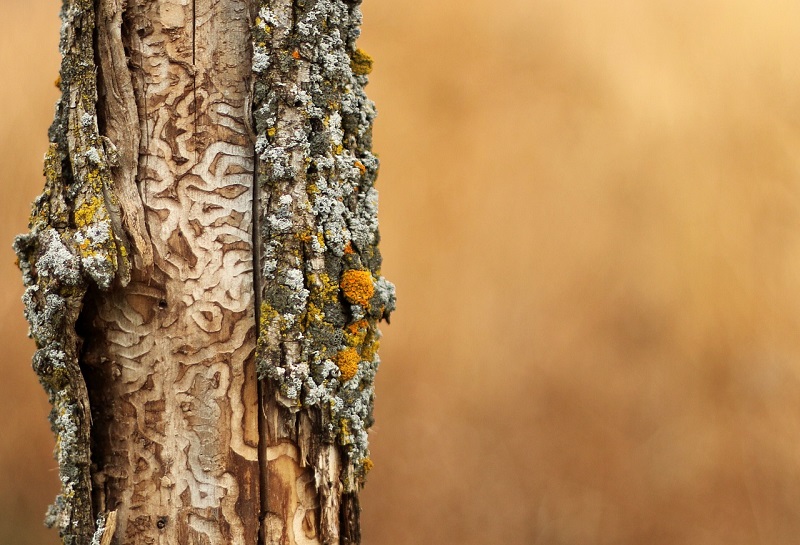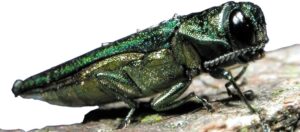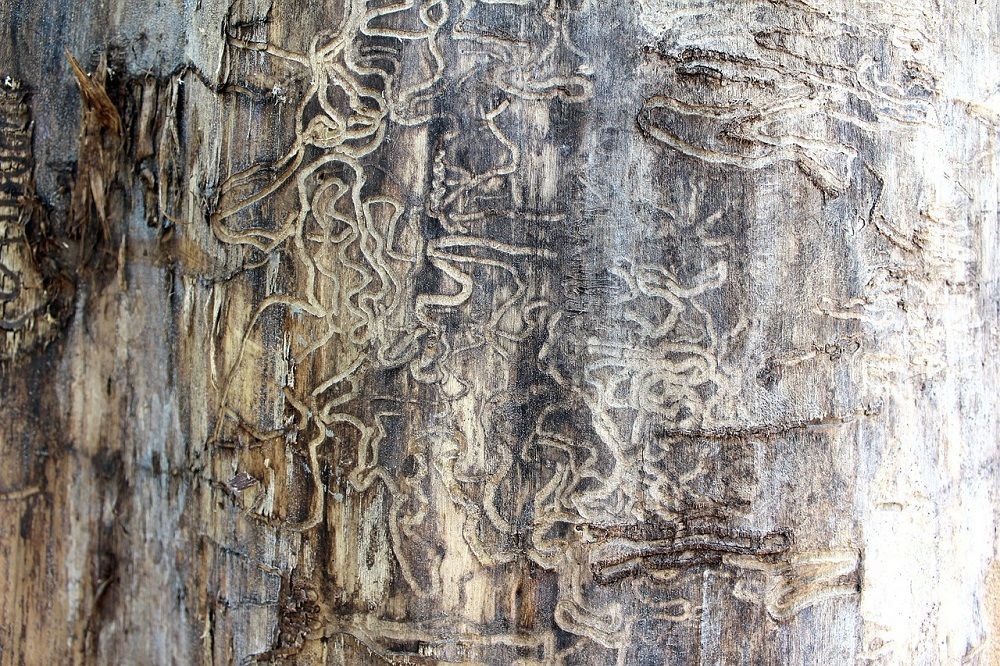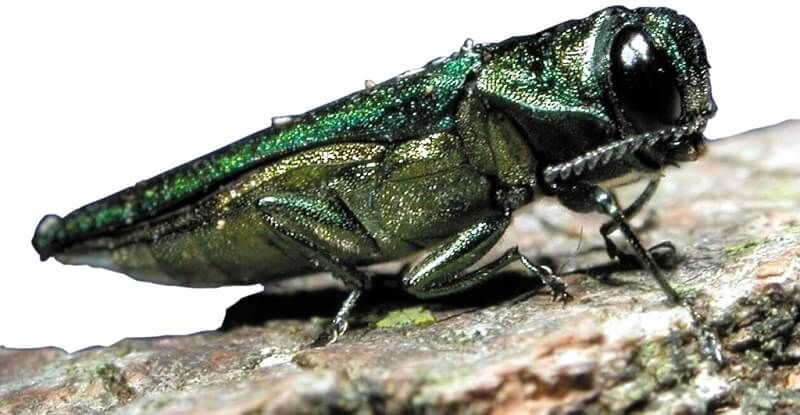Feb 18, 2019 – Wilmington, DE – Local tree care company Stein Tree Service reminds Wilmington residents that next week, February 25 – March 1, 2019, is National Invasive Species Week (NISAW). The week is set by the nonprofit of the same name to encourage awareness of invasive plants and insects, such as the emerald ash borer (EAB) and the spotted lanternfly, that can negatively impact our plant life.
The emerald ash borer has been spreading across the United States since 2002 and was discovered in Delaware in 2015. The emerald ash borer primarily attacks ash trees, which flourish in the Delaware and Pennsylvania climates, but has recently been found to be attracted to fringe trees as well.
The spotted lanternfly is a threat to a variety of trees. The insect was found in Pennsylvania in 2014 and confirmed in Delaware in 2017. According to Delaware Online, the spotted lanternfly attacks trees such as the tree of heaven and walnut, and leaves oozing weeping wounds in the trees.
Events such as the NISAW help increase awareness of dangerously destructive creatures, which is critical to saving affected trees and preventing the spread. The emerald ash borer can cause such damage to an ash tree as to render it beyond saving within two years. The beetle consumes the nutrients of the tree, beginning with the inner wood under the bark as larvae, and then as adults, from the tree’s canopy.
If the emerald ash borer is discovered early enough, a professional tree care company may be able to save the affected trees. The key is to be vigilant, looking for any signs of the insect or of loss of vigor in your trees.
Signs of the emerald ash borer include:
- D-shaped holes in bark
- Excessive woodpecker activity
- Galleries under the
- Epicormic Sprouting
- Crown Thinning
The spotted lanternfly may be hard to spot when on the trunk of a tree, because when its wings are closed, they are a greyish color that blends with the bark. When their wings are spread, they are a vibrant red color.
Both the emerald ash borer and the spotted lanternfly can be carried on firewood, so one campaign that the NISAW promotes is “Don’t Move Firewood.” The pests can be carried from place to place in firewood, so campers are encouraged to use only local firewood when camping.
The NISAW encourages awareness of all types of invasive species, but the emerald ash borer and spotted lanternfly are definite local threats that homeowners should be aware of. Stein Tree advises that early spring is a good time to schedule an inspection of the trees in your landscape to ensure that they are healthy and free of problematic issues.
About Stein Tree Service
Stein Tree Service is the oldest independently owned tree care service company in Delaware. The company is licensed to perform inspections and treat for emerald ash borer in Delaware and Pennsylvania. The professional certified arborists and specialists are dedicated to exceptional tree care, and has been serving the needs of local communities for over 30 years. For more information call 302-478-3511 or visit the company website at: www.SteinTree.com.
